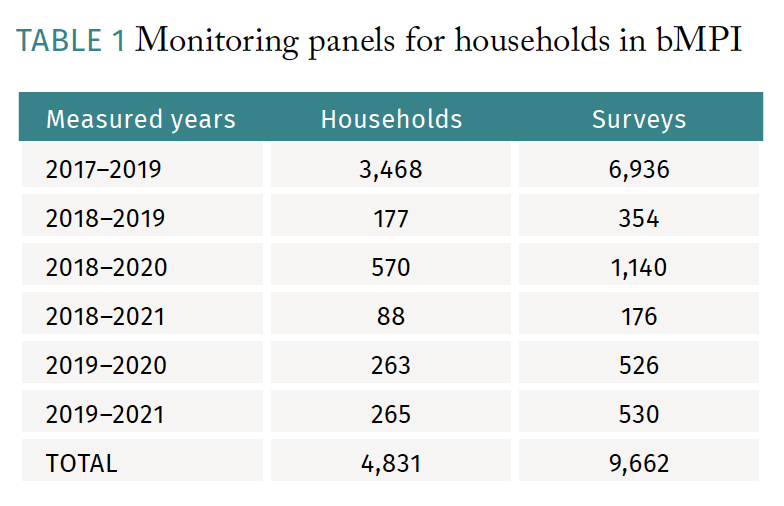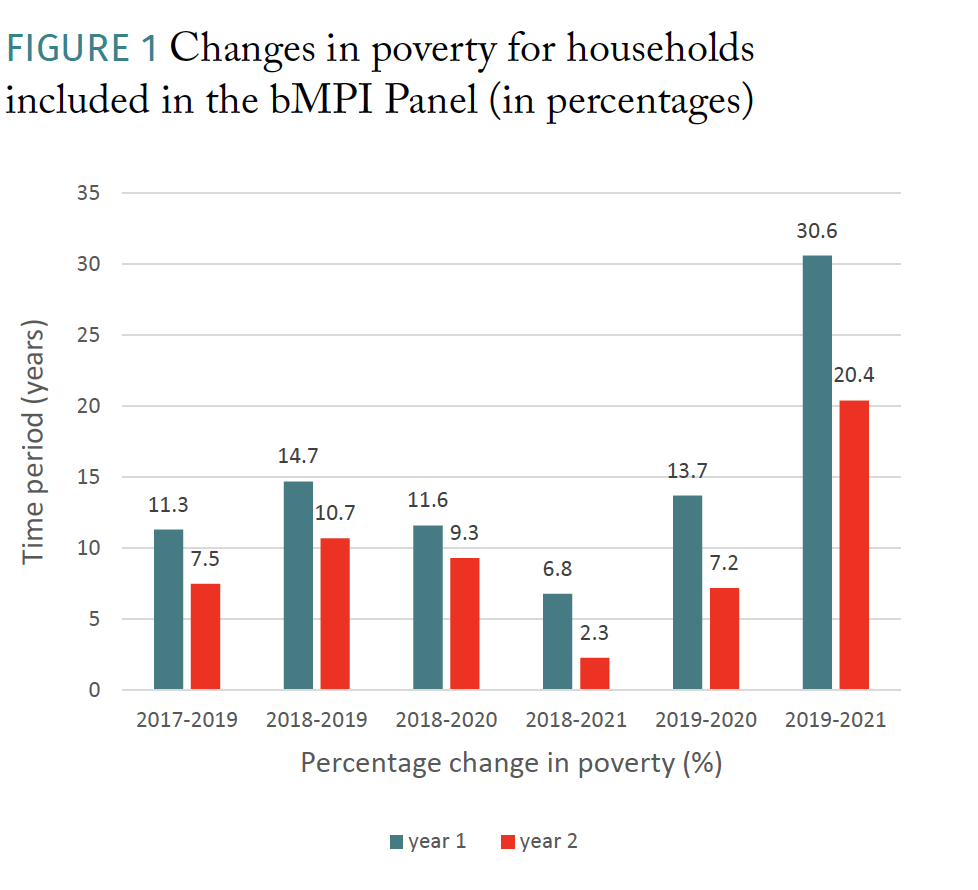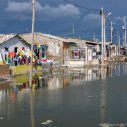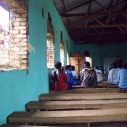
Search
bMPI supporting the private sector to achieve the eradication of multidimensional poverty in Costa Rica
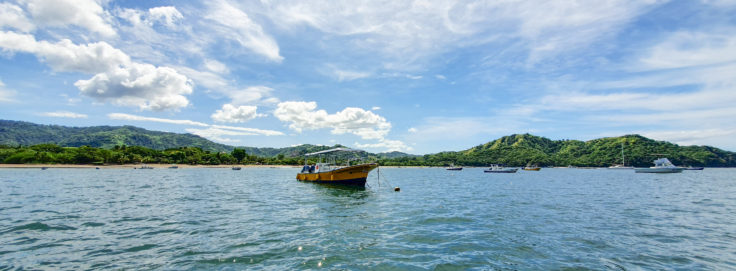
In October 2015, Costa Rica took a transcendental step in its attempt to better identify and attend to the country’s most vulnerable population by establishing the Multidimensional Poverty Index. This led the Central American country to consider the use of five dimensions that encompass what would be known as the multidimensionality of poverty.
These five dimensions address areas such as education, health, labour, social protection, housing conditions, and internet use. In its first years of implementation, the former Vice-President of the Republic of Costa Rica mentioned the strengthening of “[…] public-private partnerships and the contributions of academia in this effort to promote the use of comprehensive quantitative-qualitative methodologies” as key factors for stepping up the fight against poverty.
Into this context, two years later in August 2017, the Asociación Horizonte Positivo, with technical support from the Oxford Poverty and Human Development Initiative (OPHI), launched the Business Multidimensional Poverty Index (bMPI) as a private-sector initiative.
The Business MPI is an adaptation of the Multidimensional Poverty Index (MPI) for the corporate sector. It measures the living conditions of employees and their families in various areas considered as priorities for the country. Costa Rica is the first country in the world to use the MPI in the business sector, and the model was so successful that it was replicated by the OPHI, through the creation of SOPHIA Oxford, which currently focuses on the private sector in Latin America and the Caribbean.
To date, 32,905 Costa Rican households have participated in the programme, representing 2% of the total number of households (1), which comprises 112,785 people (2). The multidimensional poverty level of the workers from the 68 companies that have participated in the bMPI has been around 14% during the 2017-2021 period, which is close to the official poverty rate for urban areas (between 12% and 14.5% in the same period).
In addition, more than 4,800 employees have taken the survey twice, in order to analyse the changes experienced by their family groups after formally joining the projects and activities implemented by the companies to improve the conditions of their staff.
For the group of households (collaborators) that have completed the survey twice (to be referred to as the bMPI Panel), Table 1 shows the times at which the initial and the final measurements were conducted.
The core group consists of the 3,468 households that took the survey for the first time in 2017 and then 2019. This group comprises 72% of the bMPI Panel and is the largest because it involves the first households that participated in the programme.
By establishing this identification strategy in the bMPI Panel, it is possible to observe the following in relation to the evolution of multidimensional poverty: Figure 1 shows that, in general terms, overall poverty among employees has decreased since they joined the bMPI programme, which at the aggregated level would reflect a decrease from 12.6% to 8.4% within the bMPI Panel.
These results consistently show that the family groups of employees working in companies affiliated to the bMPI programme succeed in improving their poverty status after approximately two years of participation in the programme.
A detailed analysis of the factors that led to the reduction of multidimensional poverty highlights the implementation of strategies aimed at improving the education and training of employees, such as scholarships, courses, or the donation of technological equipment. This has substantially compensated for the lack of a good level of education among the adult population and has made it possible to eliminate this gap in 43% of the households.
The family groups of employees working in companies affiliated to the bMPI programme succeed in improving their poverty status after approximately two years of participation in the programme.
Secondly, there are strategies linked to the labour dimension, such as communication campaigns on labour rights focused on the recognition of the rights of the employees’ family members. There have also been workshops on employability skills for the family members of the employees, workshops on entrepreneurship and finance, training on female empowerment in business, among other actions that have helped to reduce some of the shortcomings linked to the labour dimension in around 40% of poor households.
Finally, the overcrowding indicator has been tackled through actions that seek to build bridges, and facilitate access for employees to housing solutions through different institutions that provide advice and support for a range of services including obtaining mortgages or credit for housing construction, refurbishing, enlarging and improving their homes. This has made it possible to decrease overcrowding by 20% in the households that were poor at the beginning of the programme.
This programme could be one of the most important schemes implemented in terms of social policy as an exclusively private initiative, without the direct participation of public sector institutions. Since the strategies developed by the member companies have benefited the family groups of 9,000 participants, its expansion might yield even greater benefits for achieving the wider goals of poverty reduction in Costa Rica.
(1) According to estimates by INEC [Costa Rica’s Institute of Statistics and Censuses], there were 1.6 million households in the country in 2019.
(2) This represents 2.2% of the estimated 5 million inhabitants in 2019.
This article was published in Dimensions 13















